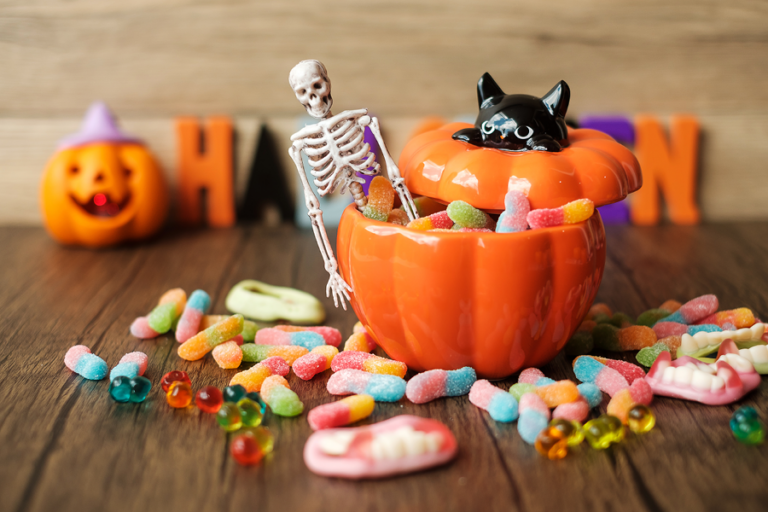Your dog’s mouth is NOT cleaner than yours. Canines carry mouth bacteria the same way humans do, and it can be transferred to you. Protect your pet’s oral health with these approaches:
Dogs
Bacteria buildup can travel into your furry friend’s bloodstream and affect his kidneys, heart or liver.
Toothbrushes
Toothbrushes are the most effective way to remove plaque. An angled, soft-bristled brush can help you get into those nooks and crannies. For extra picky pooches, try a finger brush or daily dental wipes. Pro-tip: A meat-flavored toothpaste can be a tasty trick.
Treats
Look for treats with the Veterinary Oral Health Council (VOHC) seal. These foods are scientifically proven to control plaque and freshen breath.
Toys
The act of chewing stimulates saliva and can reduce plaque by up to 70%. So if your dog eats treats in the blink of an eye, try a toy. Look for durable items—like rubber or elk antlers.
Cats
Cats are prone to dental disease—especially purebreds.
Cleaners
Toothbrushes and rinses are a must for your cat’s chompers. Cats are more resistant than dogs, so take baby steps before brushing. Begin by dipping your fingers in tuna water and then gently rubbing their gums with gauze. Next use a finger brush, eventually graduating to a cat toothbrush. Be patient and experiment with different toothpaste flavors, brushes, and dental rinses.
Cuisine
Alternate wet and dry foods and try incorporating different meats. The varied diet will stimulate saliva (and your feline’s palate).
Life can be ruff with poor oral health. Use at-home products and visit the vet for regular dental cleanings.



